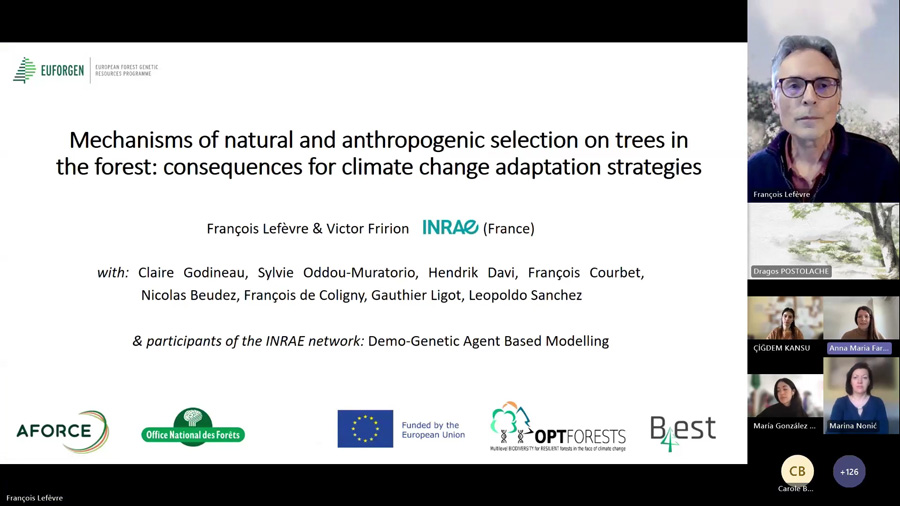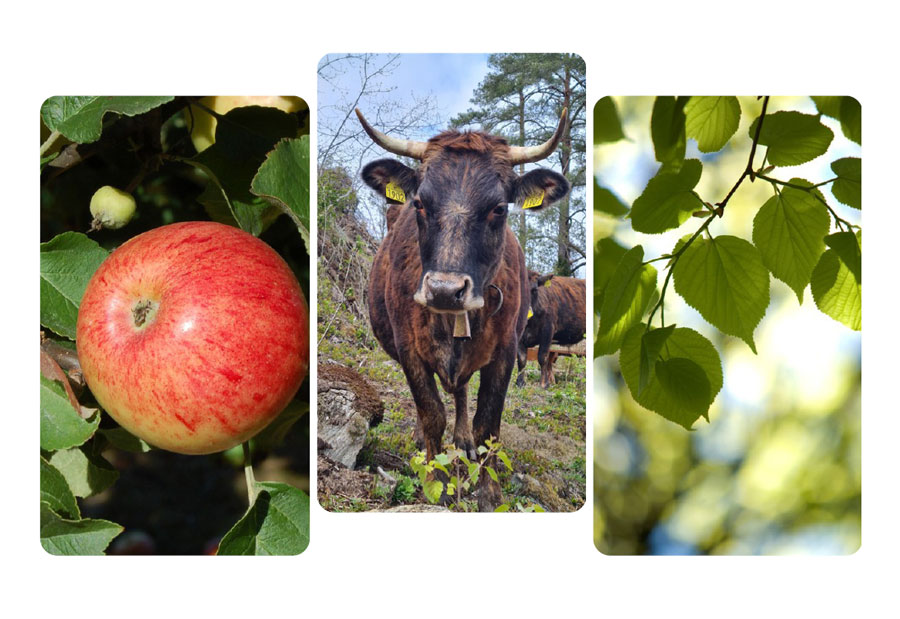FAO Working Group recommends preparation of a Global Plan of Action for forest genetic resources
The Intergovernmental Technical Working Group on Forest Genetic Resources (ITWG-FGR) met in Rome on 23-25 January 2013 to discuss the preparation of the State of the World’s Forest Genetic Resources (SoW-FGR) report, priority areas for action and possible follow-up options.
The Intergovernmental Technical Working Group on Forest Genetic Resources (ITWG-FGR) met in Rome on 23-25 January 2013 to discuss the preparation of the State of the World’s Forest Genetic Resources (SoW-FGR) report, priority areas for action and possible follow-up options. The Europe region was represented in the Working Group by Finland, France, Italy, Poland and the Russian Federation. Furthermore, 11 other European countries (Austria, Cyprus, Czech Republic, Estonia, Germany, Moldova, Norway, Slovakia, Slovenia, Spain and Sweden) attended the meeting as observers.
FAO presented some preliminary findings based on the country reports received for the SoW-FGR report. Only about 450 tree species are used for testing and tree improvement while the number of known forest tree species exceeds 80,000 in the world. Most of tree species are thus wild, growing in natural or semi-natural ecosystems. They have multiple functions which provide numerous products and services. FAO estimates that about 80 percent of the people in the developing countries use non-timber forest products for health, nutrition and income. The Working Group recommended that the draft SoW-FGR report should be presented to the Commission on Genetic Resources for Food and Agriculture (CGRFA) on 15-19 April 2013 for more detailed discussion. The draft report will be available on the FAO website by mid-March.
Based on the findings of the draft report, FAO has identified four priority areas for action, 1) improving the availability and access to information on FGR, 2) conservation of FGR, 3) sustainable use, development and management of FGR, and 4) policies, institutions and capacity building. Furthermore, FAO has listed a total of 27 strategic priorities at national, regional and international levels related to the four priority areas. The Working Group recommended that the CGRFA should consider developing a Global Plan of Action for FGR based on these priorities. Similar action plans have already been developed and implemented for crop and farm animal genetic resources.
The Working Group also discussed access and benefit-sharing issues and in particular distinctive features related to FGR. The Working Group then made recommendations for CGRFA to continue the sector-specific work on access and benefit-sharing.
The Working Group meeting included a side event during which examples of FGR work from different regions were presented. The EUFORGEN Secretariat was invited by FAO to present the recent achievements of the Programme and the status of FGR conservation in Europe.
The report of the Working Group meeting is <link http: www.fao.org docrep meeting mf815e.pdf _blank external-link-new-window external link in new>now available on the FAO website.
Related Links
- Access the Working Group meeting report










